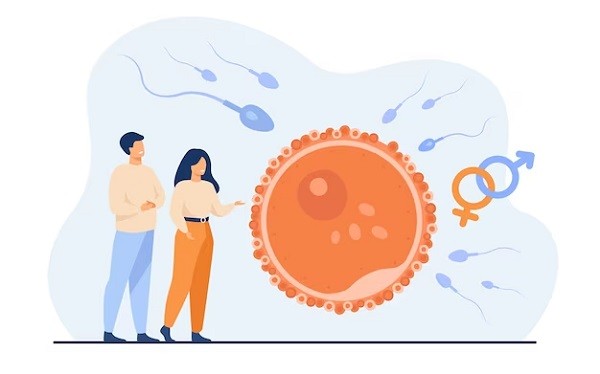
The Diversity of Sexual Reproduction Strategies in Nature: From Isogamy to Oogamy
Introduction:
Sexual reproduction is a fascinating and diverse phenomenon that has evolved in myriad ways across the vast tapestry of life on Earth. From simple organisms to complex multicellular beings, nature has developed a spectrum of reproductive strategies, each finely tuned to the ecological niche of the species. This article explores the remarkable diversity of sexual reproduction strategies, focusing on the spectrum from isogamy to oogamy.
Isogamy:
Isogamy is a primitive form of sexual reproduction where gametes, the reproductive cells, are morphologically similar in size and structure. This is observed in certain algae, fungi, and protozoans. In isogamous organisms, there is no distinction between “male” and “female” gametes, and both contribute equally to the formation of a zygote.
One of the advantages of isogamy is the increased chances of successful fertilization, as the gametes are similar and can easily fuse. However, isogamous species often face challenges in terms of genetic diversity since the lack of differentiation between gametes limits the potential for genetic recombination.
Anisogamy:
Anisogamy represents a step further in the complexity of sexual reproduction. In this strategy, the gametes differ in size, with one being larger (often considered the “female” gamete) and the other smaller (“male” gamete). This form of reproduction is commonly found in many algae, protists, and some fungi.
The evolution of anisogamy is believed to be associated with the advantages of increased genetic diversity through the specialization of gametes. The smaller, more mobile gamete can travel longer distances, facilitating the encounter with the larger, less mobile gamete, thus increasing the chances of fertilization.
Oogamy:
Oogamy is a highly evolved form of sexual reproduction found in more complex organisms, including plants, animals, and some algae. In oogamy, the gametes are markedly different in size, structure, and function. The smaller, motile sperm fertilizes the larger, non-motile egg, giving rise to a zygote.
This reproductive strategy is particularly prevalent in higher plants and animals. Oogamy offers numerous advantages, including greater specialization of roles between the sexes, increased protection for the developing zygote, and enhanced resource allocation for the production of fewer, but larger, offspring. The specialization of gametes in oogamy is often linked to the evolution of distinct reproductive organs in males and females.
Evolutionary Significance:
The diversity of sexual reproduction strategies in nature underscores the adaptability of life forms to their environments. The evolution from isogamy to oogamy is marked by a progression towards increased specialization and complexity, providing organisms with a range of advantages related to genetic diversity, mobility, and reproductive success.
The transition from isogamy to oogamy is often associated with the development of multicellularity and complex body structures. The specialization of gametes allows for a more sophisticated division of labor between sexes, optimizing the chances of successful reproduction in a competitive and ever-changing environment.
Conclusion:
The diversity of sexual reproduction strategies in nature is a testament to the remarkable adaptability and ingenuity of life forms across the evolutionary spectrum. From the simplicity of isogamy to the complexity of oogamy, each reproductive strategy reflects the intricate dance of life, finely tuned to the specific needs and challenges of the species. Understanding these diverse mechanisms not only provides insights into the evolution of life on Earth but also deepens our appreciation for the intricate web of relationships that sustains the rich tapestry of biodiversity.
